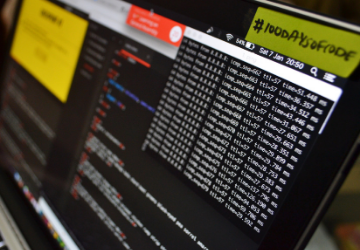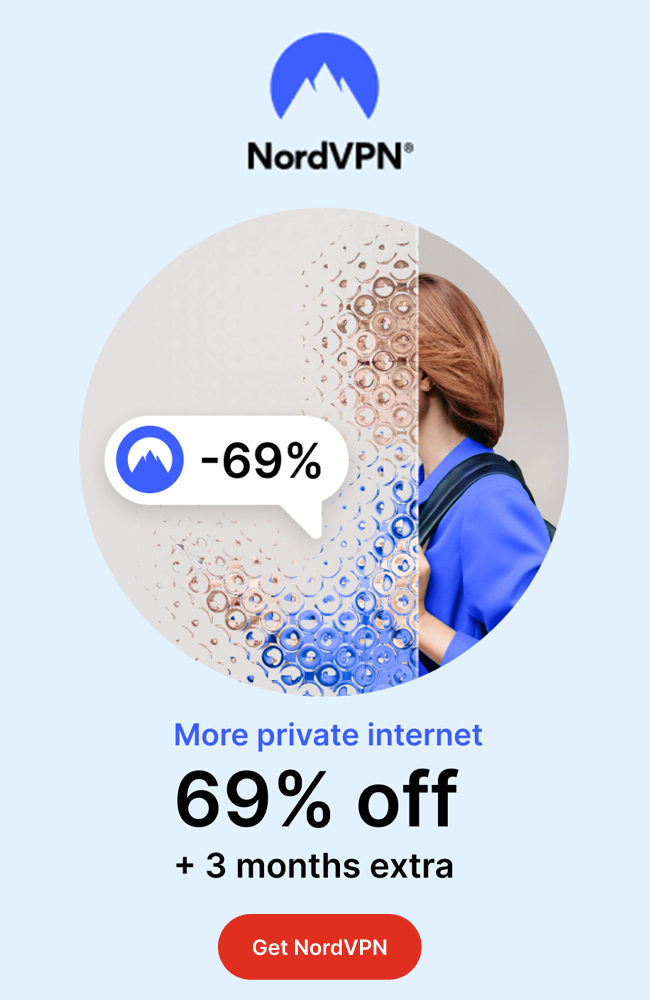IT and network security breaches appear to be in the news every day, and they’re costing the companies that fall prey loads of dollars. IBM reports that the normal cost per incident grew yet again in 2019 to $8.1 million for U.S industries, over twice as much as the global average. The healthcare industry remains the most exposed and encounters the maximum average losses. The evidence surrounding cybersecurity can be absolutely scary, and securing your system is critical. However, it can be challenging for small and medium-sized businesses that don’t have round-the-clock IT staff to supervise system maintenance.
It’s tough to know how to safeguard your systems and network. Luckily, there are several network security top practices that business owners can execute today to ensure their crucial data backup and recovery against viruses and hackers and build more solid protection. Cyberattacks don’t only take place in big corporations. Small scale businesses, and groups have to safeguard their IT systems and network security, too.
Here are some hands-on steps you can take to sharpen your data security.
How to Keep IT Systems Secure
- Update Passwords Every Quarter
Avoid default passwords or expressions like 123456”, “password” and dates of birth. In addition to using passwords that include both symbols, letters, and numbers and uppercase letters for additional security, require employees to frequently change any private passwords used on systems that have access to business networks. Every quarter is the recommended occurrence, but more frequent is better. However, changing passwords too often can confuse the employees, leading them to reach out to the IT service department for reminders of their usernames and passwords. Lots of businesses now involves two-factor authentication to connect to the network. Besides entering a username and password, users may also require to enter a code they obtain via text or by another means to connect to an IT service or Wi-Fi network.
- Install or Update Your Antivirus Software
Antivirus software plays a most important role in securing your system and IT services by detecting real-time threats and viruses to guarantee your data is safe. With regular updates and managed IT support, you can further protect your machine from the new viruses that appear every day. If you’re not regularly updating your antivirus software, you’re pushing your network and IT services at larger risk and making potential cybersecurity issues, as hackers find ways to crack these tools and can set up new viruses. Staying ahead using the most advanced versions of software is the key to secure your IT support services and network.
- Create a Virtual Private Network (VPN)
VPNs build a secure connection between remote computers and other local computers and servers. These networks are basically accessible to people who have admittance to your systems, including your wireless network, IT services, and the tools that have been authorized in your network settings. A VPN can intensely reduce the probability that hackers can discover a wireless access point and enter into your system. Check out here the top 5 VPN services to use.
- Train your Employees
All the tools and tricks won’t do a good if the employees using systems are not following best computer security practices. Regular notices and reminders about the risks and the steps to diminish them will keep network security top of mind. Some organizations perform these types of updates into compulsory meetings to help communicate their importance. Educating employees about how to dodge major security risks is probably the ultimate weapon you have to combat cybercrime.
- Setup Firewall
A firewall is a set of software or hardware designed to block unauthorized and illegal access to the network by controlling incoming and outgoing network traffic. IT services and networks that follow the rules are allowed into access points and those that don’t are prohibited to gain access to your system. Firewalls are becoming progressively more refined and the latest is integrated network security platforms that comprise a variety of approaches and encryption techniques, all working together to prevent breaches.
- Avoid Unknown Email Attachments
Avoid clicking on unsolicited email attachments, which may comprise viruses, Trojans, or computer worms. Before opening them, every time contact the sender to approve the message contents. If you’re unaware of the source, it’s better to delete the email message, than potentially block the sender’s account and notify others to do the same.
- Outsourcing IT Support
When you have an in-house IT support services team, the pressure is on to ensure you’re effectively secure against hackers and viruses, as it is difficult nowadays to keep up with the latest cyber threats. Perhaps the best way to overcome these challenges is to recruit the managed IT support that stays up on the most recent threats and whose job it is to make your systems secure. When you work with a managed IT support specialist you get laser-focused monitoring and attention. A managed IT support technician will vigilantly look after your business IT support and protect your systems by ensuring that all of your systems are regularly updated.
Conclusion
The average cost to a business to recover from a breach or cyberattack is around $6.75 million, as per Javelin Strategy & Research. So be proactive and attentive about prevention or you can take help from Tier 3 IT Solutions, a reputed IT company from Edmonton which provides outsourcing IT support services to safeguard your network effectively.



